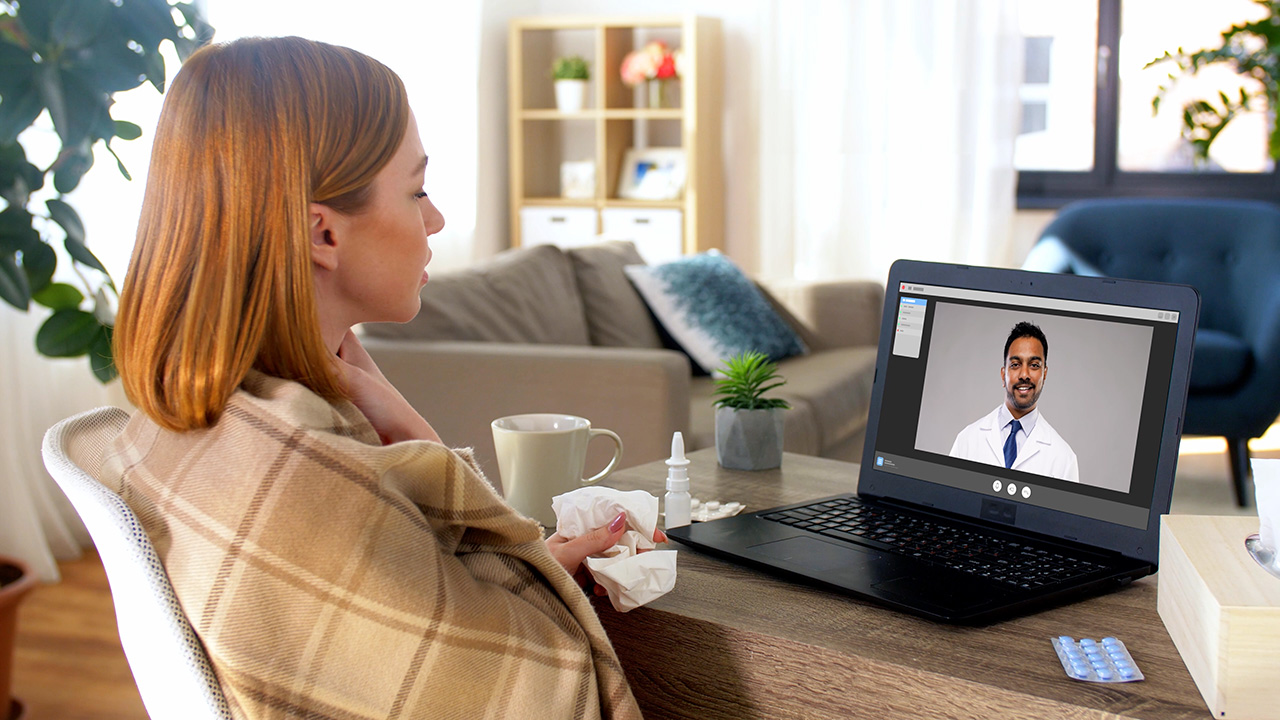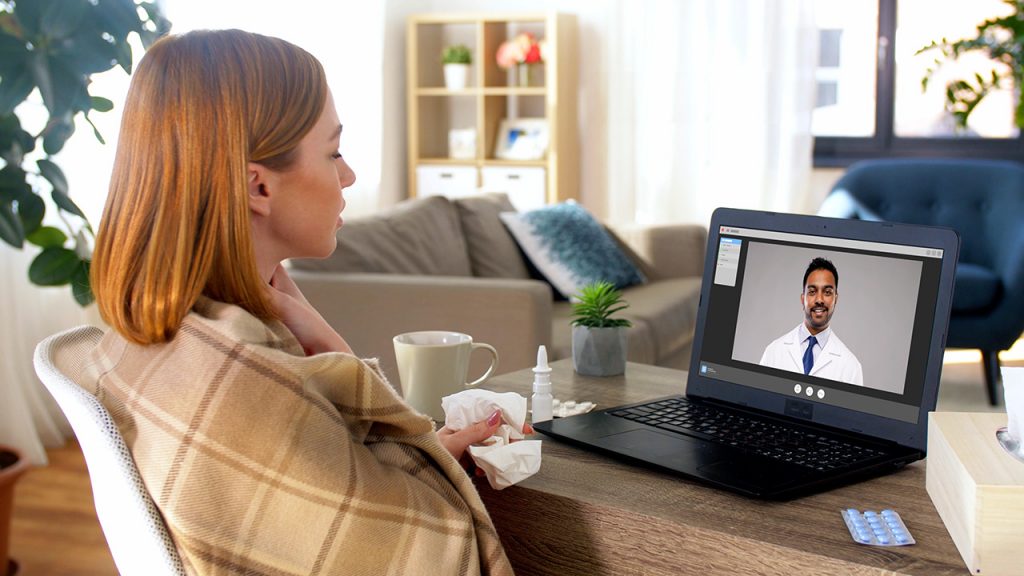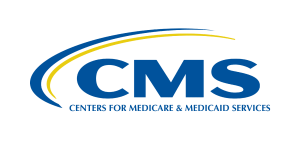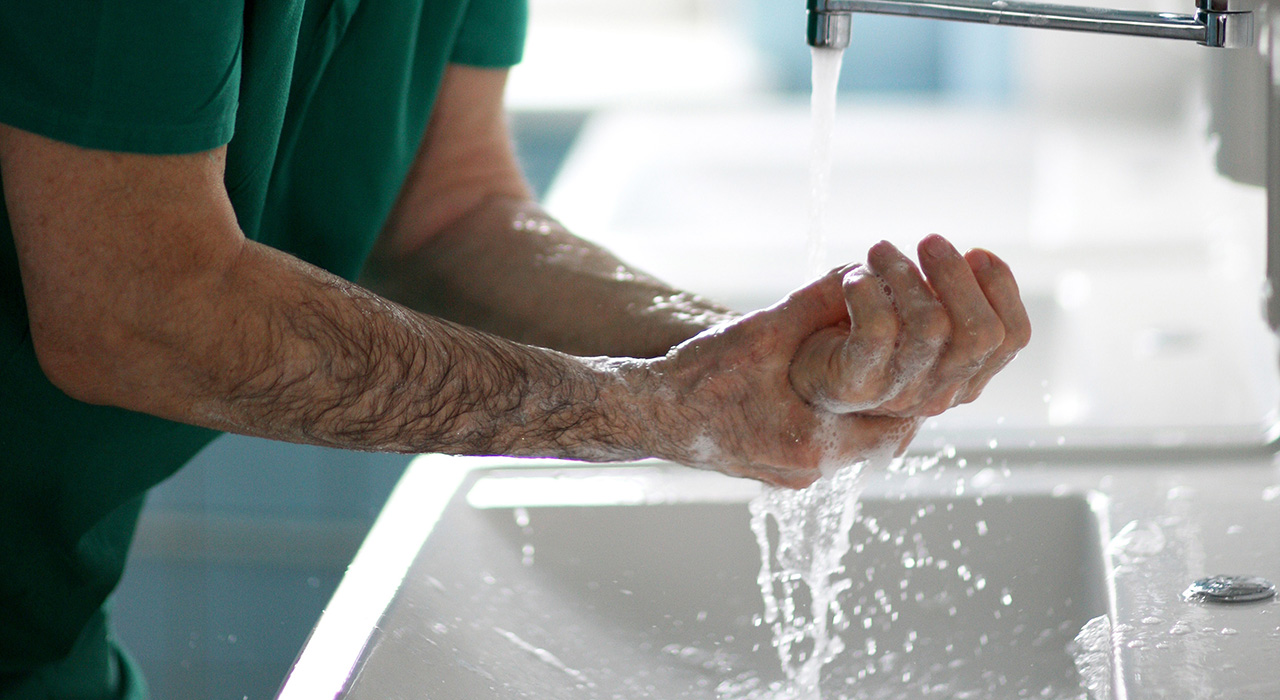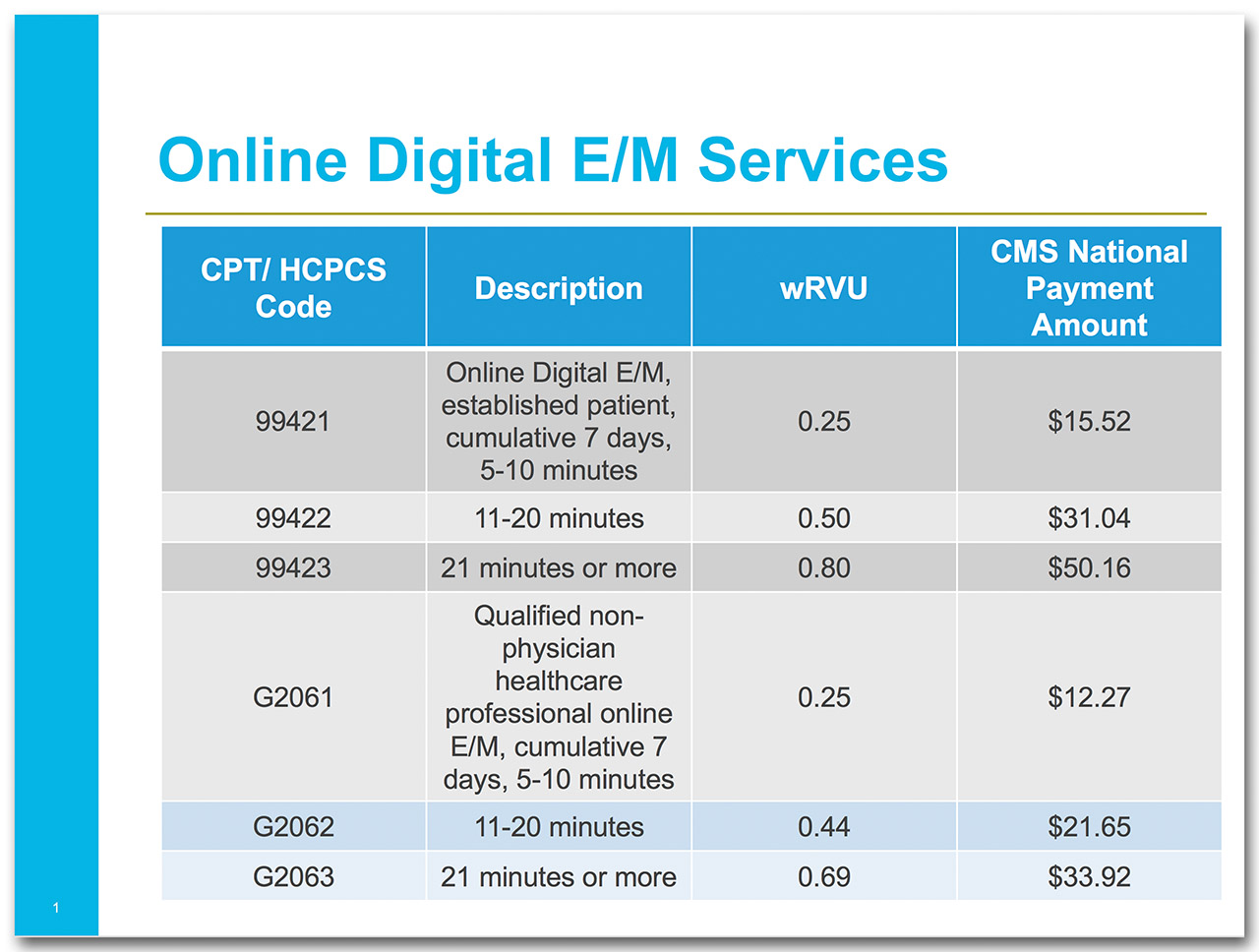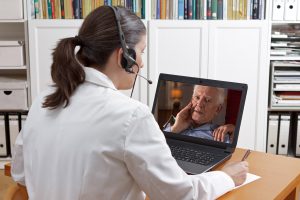
About this Article:
Regular chart audits can significantly help home-based primary care (HBPC) practices improve their coding accuracy and the quality of their documentation, while also identifying lost revenue due to under-coding or missed billing. In this interview, HCCI’s Brianna Plencner discusses how chart audits can also uncover potential compliance issues and ensure documentation and coding practices are current and appropriate.
Article:
In addition to its education offerings in home-based primary care (HBPC), the Home Centered Care Institute (HCCI) offers consulting services, including chart audits, which are a valuable tool that HBPC practices can use to evaluate provider performance and improve coding and documentation. “A formal audit provides confidential, qualified feedback on a provider’s documentation and coding practices,” explains Brianna Plencner, HCCI’s Manager of Practice Improvement.
A Certified Professional Medical Coder and Certified Professional Medical Auditor, Plencner also holds a diploma in Medical Insurance Billing and Coding. Before joining HCCI, she also served as practice manager for Northwestern Medicine HomeCare Physicians, which was founded by Dr. Thomas Cornwell, CEO of HCCI. HCCInsights recently asked Plencner to share her perspective on the benefits of conducting a chart audit.
HCCInsights: Why would an HBPC practice consider using an outside agency to perform a formal chart audit?
Plencner: First, there are many reasons to conduct routine chart audits. Medical practices can use the audit process to educate providers and staff and foster a culture of continuous quality improvement. Expert reviews of patient charts also promote more accurate and complete documentation and maximize the likelihood the practice will receive appropriate reimbursement for the services provided. Because the home-based patient population is complex, the practice’s coding must fully represent the severity of each patient’s illnesses and all the services rendered. At the same time, the audit process can minimize compliance risks by identifying and correcting billing errors.
In terms of why an outside agency would be used, external auditors inherently provide an objective point of view. Their audit decisions are not influenced by an intimate knowledge of the practice and are solely based on the data examined.
HCCInsights: How does the chart audit process work? What should a practice anticipate?
Plencner: Following the execution of a Business Associate Agreement (BAA)*, a nationally certified medical auditor will first work with you to remotely access your practice’s medical record, review a sampling of patient charts, and evaluate the quality of provider documentation and coding accuracy. Then, after a preliminary conversation with our main contact and/or the leadership at your practice, our experts will conduct a virtual meeting with your providers and practice staff to walk through the charts reviewed and discuss the findings and recommendations.
Practices also have the option of requesting that a consultant travel to their location to provide onsite coaching in coding and documentation. As needed, the consultant can also develop customized documentation tools and training plans and assist with incorporating these into the practice’s procedures. Again, the goal of all these activities is to enhance your documentation and increase your reimbursement.
*Editor’s Note: A Business Associate Agreement (BAA) is a legal document signed between a healthcare provider and contractor/vendor. A provider enters into a BAA with a contractor/vendor who might, in the course of the proposed work engagement, (e.g., HCCI) receive access to Protected Health Information (PHI).
HCCInsights: What types of things do the auditors review?
Plencner: It’s a pretty extensive list. Everything from Evaluation and Management (E/M) coding, to ensure the correct level of service is selected and the documentation supports medical necessity, to whether the necessary information is recorded, and timely signatures have been obtained. The auditor will also check whether all services provided were billed out. These are just a few examples of what’s typically reviewed.
HCCInsights: Based on your personal experience, what are the most common issues discovered during a formal HBPC chart audit?
Plencner: Among the top issues we typically discover are: (1) failure to document a complete history of present illness (HPI); (2) failure to document all services being provided, such as reviewing patient records and history, talking to other providers, ordering tests, etc., which is important for determining the correct level of Medical Decision Making (MDM); and (3) under-coding** the correct level of service, which – believe it or not – is actually more common in HBPC practices than over-coding.
**Editor’s Note: Under-coding” is reporting a lower level of service than the documentation supports.
HCCInsights: It seems like there are changes to billing and coding nearly every day – how do auditors keep up?
Plencner: Nationally certified medical auditors are required to complete a variety of continuing education requirements every year to maintain their accreditation. As experts in their field, HCCI auditors actively participate in coding and documentation “boot camps,” webinars and other credential-specific programs.
HCCInsights: Are chart audits required or optional?
Plencner: At a minimum, internal chart audits are a required component of a practice compliance plan. The industry standard is an annual audit of 10 charts per provider to determine coding accuracy and compliance. Practices without an internal billing staff, or practices desiring an unbiased third-party review, would find a lot of value from doing an external chart audit.
HCCInsights: Does HCCI offer other types of consulting services?
Plencner: Yes, HCCI can conduct practice assessments to evaluate operational standards, clinical functions, policies and procedures, and opportunities for improvement. All our consulting services are customized to the practice’s specific needs and concerns. We also can offer practices customized education, such as exclusive webinars and onsite, interactive training for the entire team.
HCCInsights: How would a practice learn more about initiating a chart audit through HCCI?
Plencner: Call us at 630-283-9222 or email [email protected]. After an introductory call with your team, HCCI will be happy to provide you with a proposal that outlines the recommended scope of work and describes next steps.
Editor’s Note: Those interested in coding will also want to attend our free HCCIntelligence™ webinar this month (Wednesday, February 19, 4:00 pm-5:00 pm Central Time) featuring the topic, What You Should Know about 2020 Coding Updates!
